Image of 1980 Pontiac Phoenix, Note: These illustrations use artistic license and may differ from actual historical models.
Performance Metrics
Fundamental Metrics
Emotional Appeal
MMP Rating
| Engine Specifications | |
|---|---|
| Engine Options: | 2.5L Tech IV I4, 2.8L V6, 3.8L Buick V6 |
| Displacement Range: | 151-231 cu in |
| Horsepower Range: | 90-110 hp |
| Torque: | 125-175 lb-ft |
| Compression Ratio: | 8.0:1 - 8.5:1 |
| Ignition System: | Electronic Ignition |
| Cooling System: | Liquid cooled |
| Performance Specifications | |
| 0-60 Time: | Estimated 14-16 seconds |
| 1/4 Mile Time: | Estimated 18-20 seconds |
| Top Speed: | 100 mph |
| Transmission and Drive | |
| Drive Type: | RWD (Rear Wheel Drive) |
| Transmission Type: | 3-speed automatic, 4-speed manual |
| Fuel and Efficiency | |
| Fuel System Type: | Carburetor |
| MPG: | 20-25 MPG |
| Dimensions and Brakes | |
| Brakes: | Front disc, rear drum |
| Wheelbase: | 108.1 inches |
| Weight: | 2,600-2,800 lbs |
Note: Specifications for classic cars are given to the best of our ability, considering the limited and variant data available.
Introduction
The 1980 Pontiac Phoenix emerges from the annals of automotive history as a testament to the resilience and adaptability of American car manufacturing during an era of change. Born from the venerable Pontiac division of General Motors, this compact car was a response to the fuel crises of the 1970s and the growing demand for more efficient vehicles. The Phoenix was notable for being part of GM's X-body platform, which it shared with models like the Chevrolet Citation and the Oldsmobile Omega. A unique fact about this vehicle is its role in transitioning Pontiac's image from muscle cars to more fuel-efficient and practical offerings.
Design and Innovation
The exterior styling of the 1980 Pontiac Phoenix boasted a blend of angular lines and a somewhat boxy silhouette that was characteristic of many cars from that period. Its design reflected a departure from the curves and swoops of the previous decade, embracing a more straightforward, no-nonsense aesthetic. Inside, occupants were greeted with a cabin that prioritized functionality over luxury, with materials chosen for durability rather than opulence. Technological features included an available AM/FM stereo radio, air conditioning, and for some models, power windows and locks – conveniences that were becoming increasingly standard. Color options ranged from understated earth tones to bolder hues, with popular choices often being shades like Carmine Red or Cameo White. The Phoenix was offered in various body styles including two-door coupes and four-door sedans, with the coupe being particularly sought after for its sportier appearance.
Historical Significance
The 1980 Pontiac Phoenix played a pivotal role in signaling a shift in American automotive priorities from power to efficiency. It was part of GM's effort to compete with foreign manufacturers who were gaining market share with their smaller, more fuel-efficient models. The Phoenix's X-body platform represented an important evolutionary step in car design, influencing future generations of compact vehicles.
Performance and Handling
Performance-wise, the 1980 Pontiac Phoenix was equipped with engines ranging from an economical 2.5-liter four-cylinder to a more powerful 2.8-liter V6 option. While it wasn't known for breathtaking speed, with a modest top speed and leisurely acceleration (0-60 mph times were not record-breaking), it offered respectable performance for its class. Handling was adequate for daily driving, absorbing bumps reasonably well while providing a comfortable ride. Drivers could expect a relatively quiet engine hum rather than a roaring soundtrack, contributing to an unassuming yet pleasant driving experience.
Ownership Experience
The Phoenix served various roles for its owners – from reliable daily transportation to an occasional showpiece at local car meets. Its maintenance and reliability were typical of domestic cars at the time; parts were readily available and repairs could often be handled by the average DIY enthusiast. However, as with many vehicles from this era, rust could be an issue over time.
Fun Facts
While not known for breaking records or high-profile celebrity ownerships, the Pontiac Phoenix did have its quirks. For instance, some models featured unusual trim packages or dealer-installed options that are now rare finds for enthusiasts. Criticisms at the time often focused on its conservative styling or lackluster performance compared to its muscle car predecessors.
Collector's Information
Today, the value range for a well-preserved 1980 Pontiac Phoenix can vary significantly based on condition, mileage, and originality. While production numbers were relatively high during its run, survivors in excellent condition are becoming rarer. As such, prices can range anywhere from a few thousand dollars for models in fair condition to higher figures for pristine examples. The market trend seems to show mild appreciation due to nostalgia and rarity but does not compare to more iconic classic cars.
Conclusion
The 1980 Pontiac Phoenix stands as an emblematic figure at the crossroads of American automotive history – caught between eras of excess and efficiency. While it may not have been celebrated in its time like other Pontiac legends, it remains a noteworthy chapter in the story of an iconic brand's evolution. For those who appreciate understated classics or seek a slice of late-20th-century Americana on wheels, the Phoenix offers both in equal measure.
1980 Pontiac Phoenix Catalog of Parts
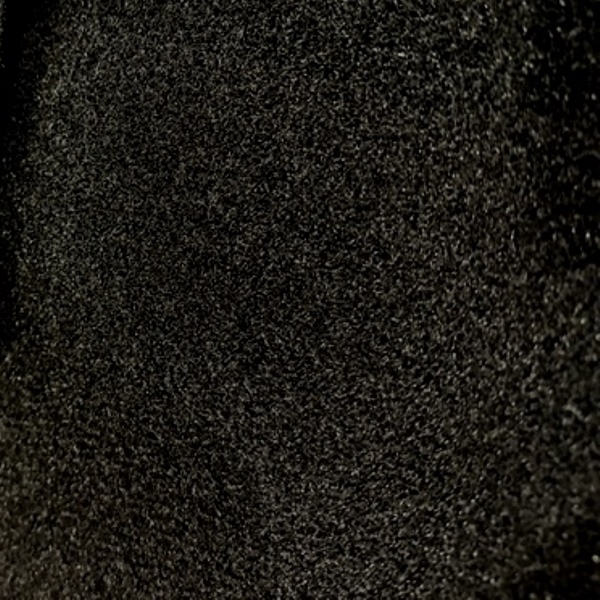 1980 Pontiac Phoenix Trunk Liner. Loose weave, jet black. 50" wide-M 30Trunk Liner. Loose weave, jet black. 50" wide. Sold by the foot
1980 Pontiac Phoenix Trunk Liner. Loose weave, jet black. 50" wide-M 30Trunk Liner. Loose weave, jet black. 50" wide. Sold by the foot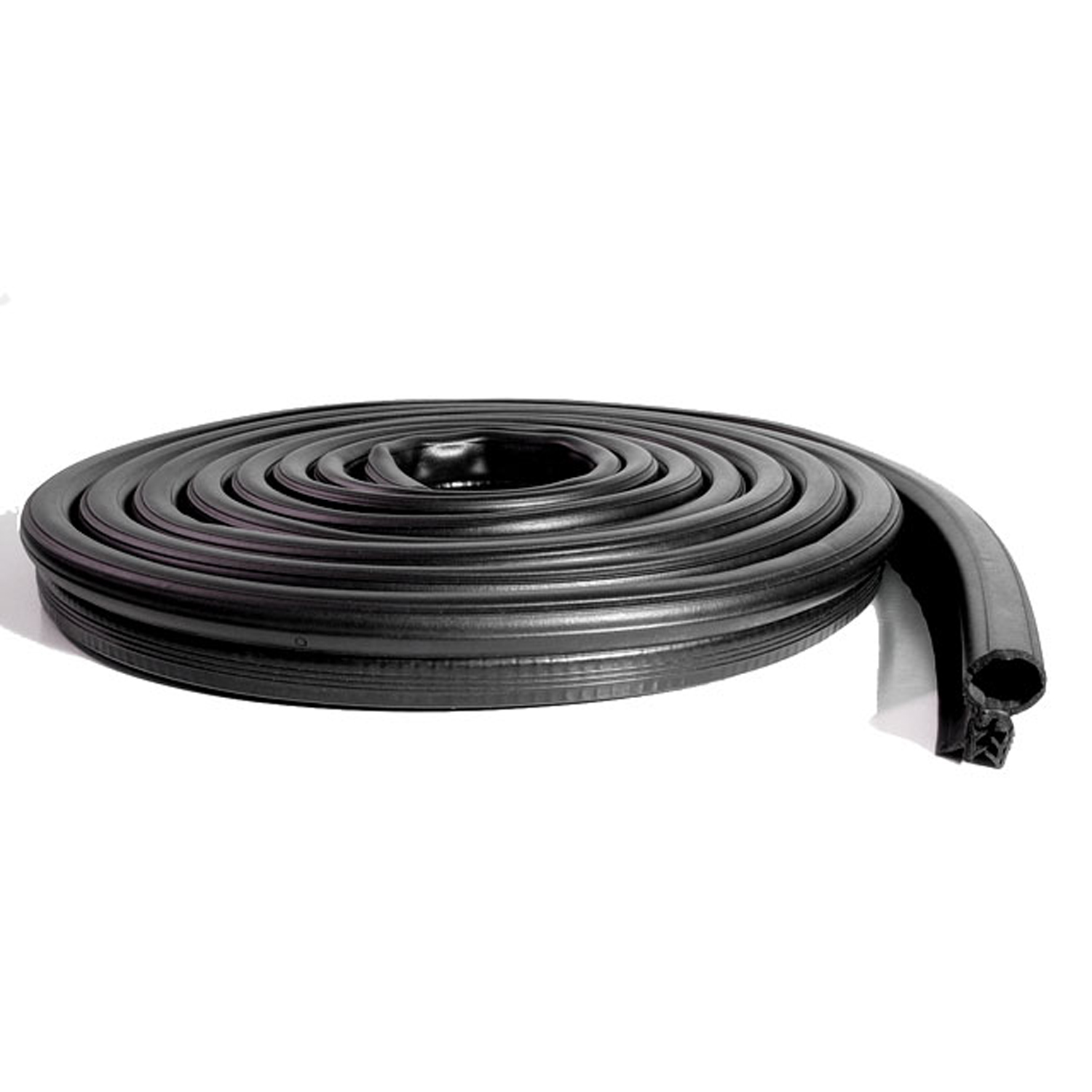 1980 Pontiac Phoenix Trunk seal-MW00101Trunk seal. Also replaces '75-'79 Buick Skylark hatchback seal. Made with steel cores. 1-3/8 in. x 3/4 in. x 17 ft. L. Each.
1980 Pontiac Phoenix Trunk seal-MW00101Trunk seal. Also replaces '75-'79 Buick Skylark hatchback seal. Made with steel cores. 1-3/8 in. x 3/4 in. x 17 ft. L. Each.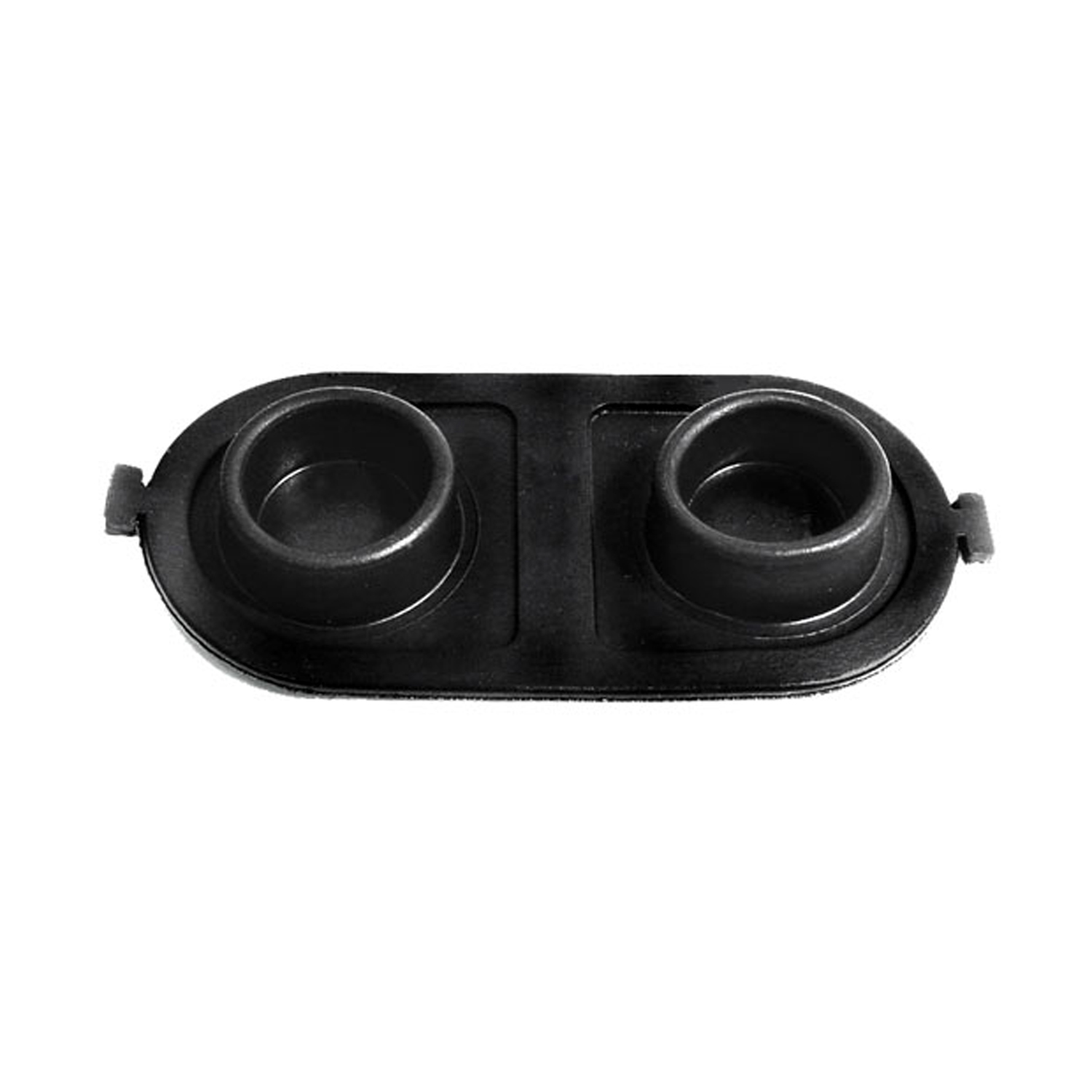 1980 Pontiac Phoenix Brake Master Cylinder Cover Seal. Replaces OEM #5470861-RP 2-EBrake Master Cylinder Cover Seal. Replaces OEM #5470861. 5" X 2-1/2". Each
1980 Pontiac Phoenix Brake Master Cylinder Cover Seal. Replaces OEM #5470861-RP 2-EBrake Master Cylinder Cover Seal. Replaces OEM #5470861. 5" X 2-1/2". Each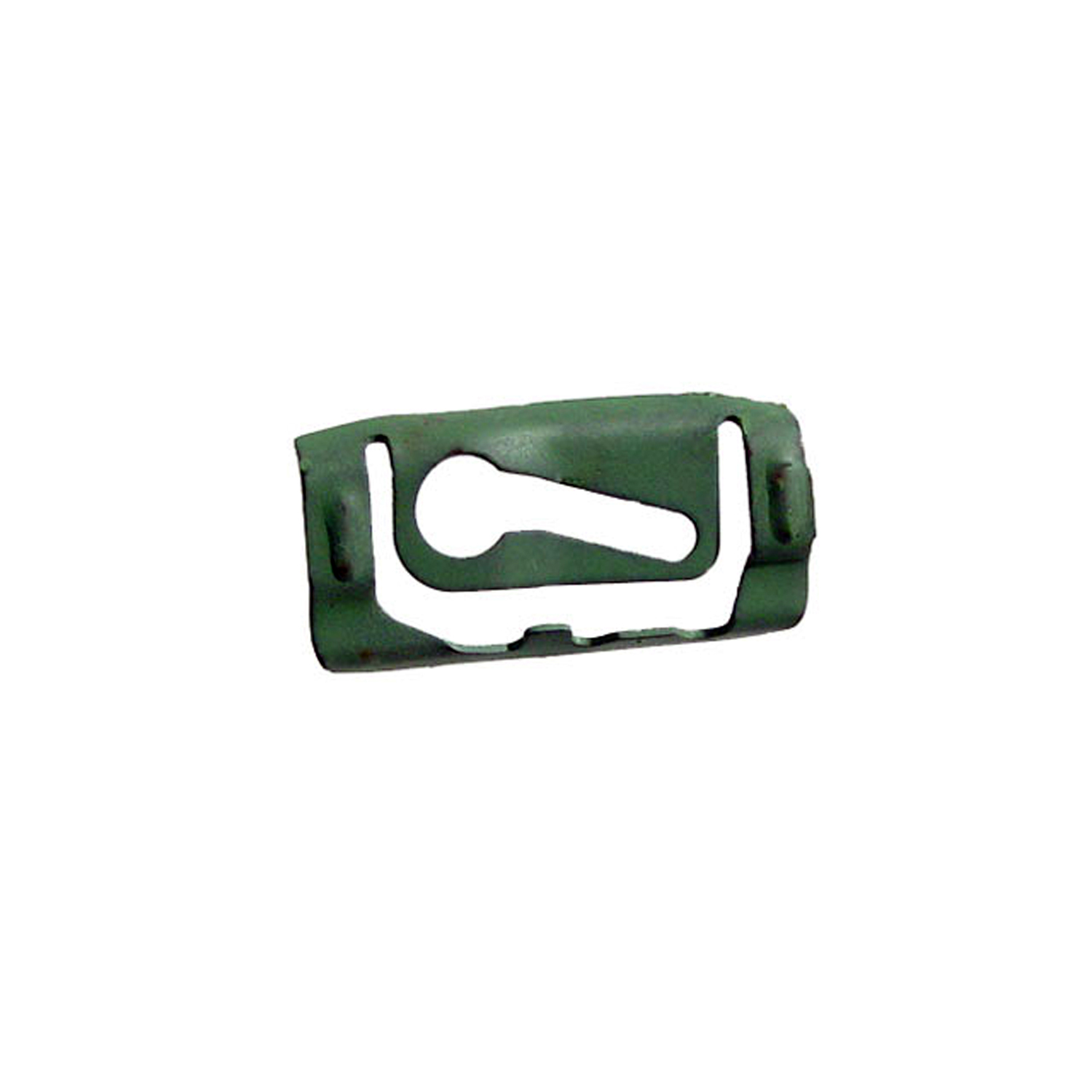 1980 Pontiac Phoenix Quarter Window Reveal Molding Clip. Made of Steel-WF 205Quarter Window Reveal Molding Clip. Made of Steel. 1-3/8" X 11/16". Each
1980 Pontiac Phoenix Quarter Window Reveal Molding Clip. Made of Steel-WF 205Quarter Window Reveal Molding Clip. Made of Steel. 1-3/8" X 11/16". Each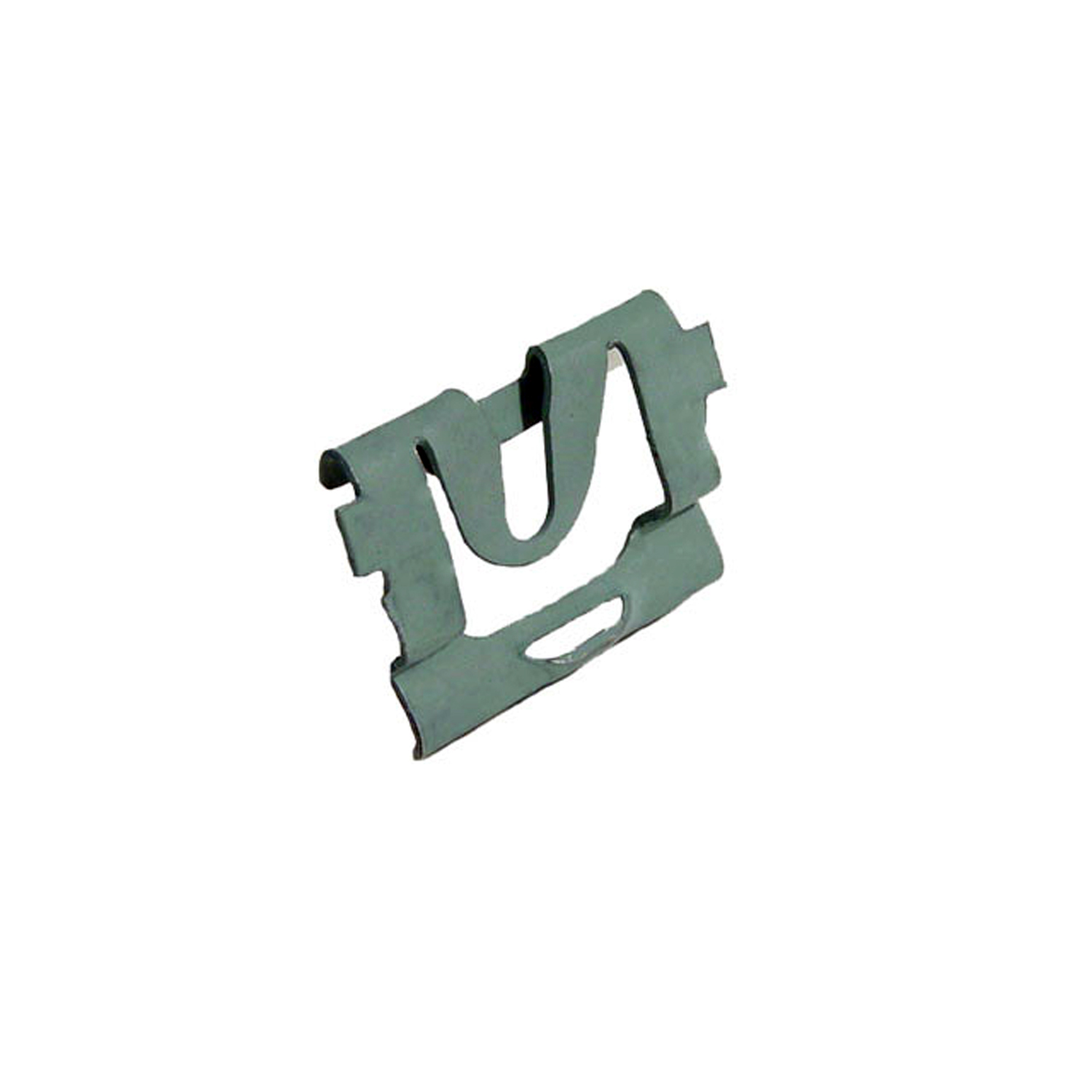 1980 Pontiac Phoenix Windshield Reveal Molding Clip. For models with vinyl top-WF 210Windshield Reveal Molding Clip. For models with vinyl top. 3/4" x 1-1/16". Each
1980 Pontiac Phoenix Windshield Reveal Molding Clip. For models with vinyl top-WF 210Windshield Reveal Molding Clip. For models with vinyl top. 3/4" x 1-1/16". Each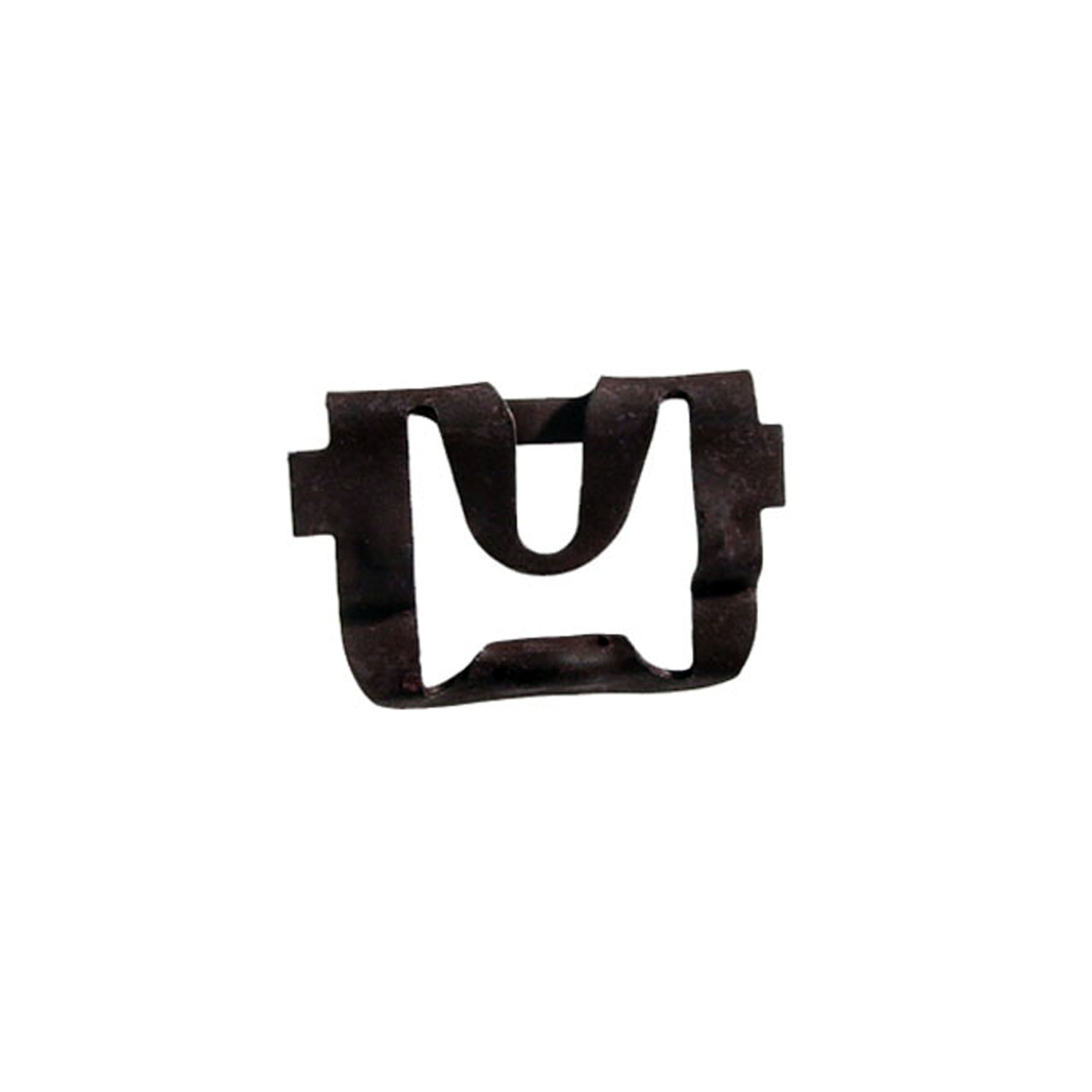 1980 Pontiac Phoenix Rear Windshield Reveal Molding Clip. Made of steel-WF 211Rear Windshield Reveal Molding Clip. Made of steel. 15/16" X 3/4". Each
1980 Pontiac Phoenix Rear Windshield Reveal Molding Clip. Made of steel-WF 211Rear Windshield Reveal Molding Clip. Made of steel. 15/16" X 3/4". Each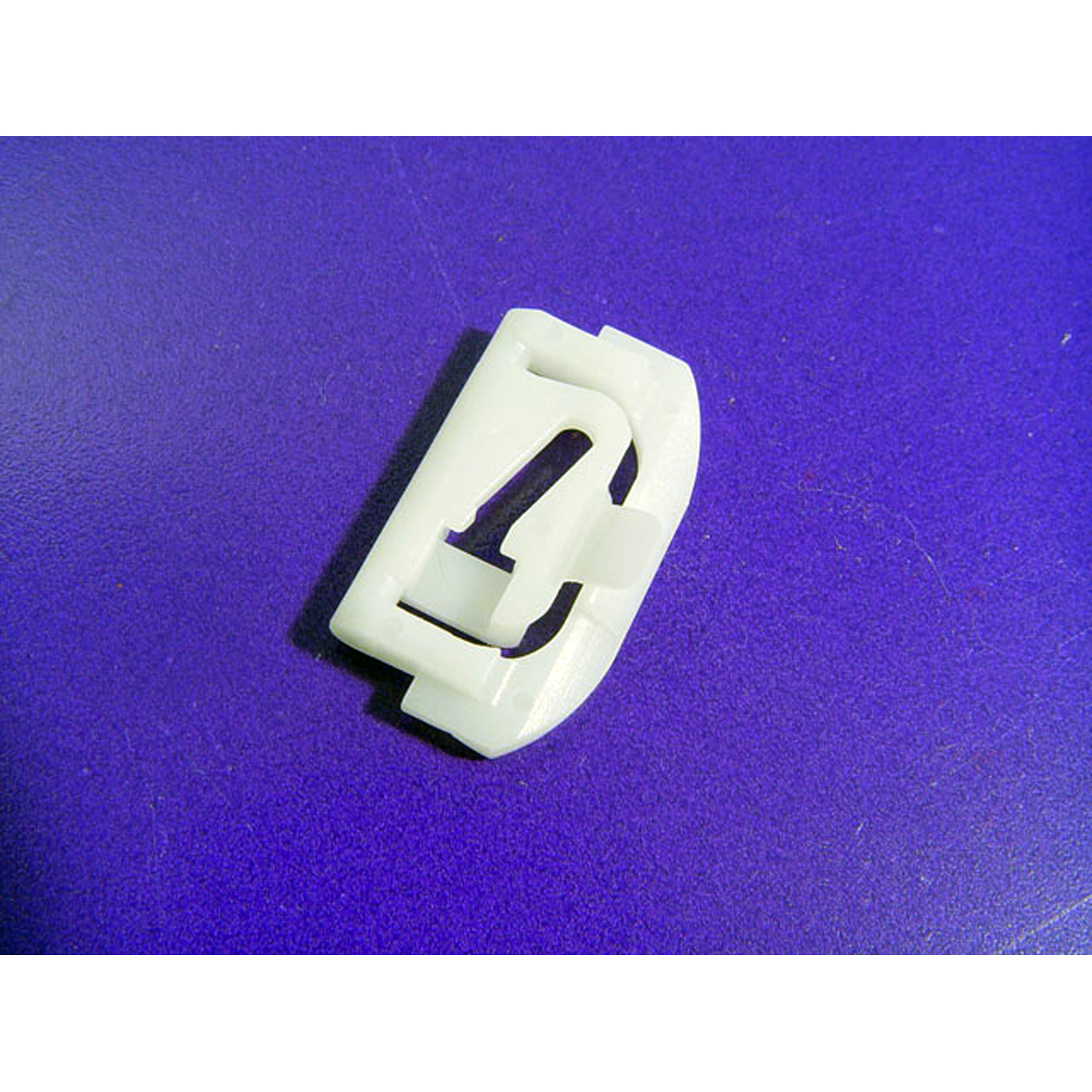 1980 Pontiac Phoenix Lower Side Window Reveal Molding Clip. Made of nylon-WF 214Lower Side Window Reveal Molding Clip. Made of nylon. 1-1/4" x 3/4". Each
1980 Pontiac Phoenix Lower Side Window Reveal Molding Clip. Made of nylon-WF 214Lower Side Window Reveal Molding Clip. Made of nylon. 1-1/4" x 3/4". EachWhy Choose Metro?
For over 100 years, Metro Moulded Parts has been the pinnacle of quality in classic car restoration parts. Our commitment to precision and authenticity in every component ensures a perfect fit and an OEM-level appearance.
- Expert Craftsmanship & Quality: Each part is a testament to our dedication to reliability and perfection, crafted from original designs and thoroughly tested.
- Advanced Technology: We use cutting-edge techniques to create flawless, long-lasting parts that surpass others in performance.
- SuperSoft Sponge – The Ultimate Door Seal: Not only are our door seals 30% softer than competitors', but they're also guaranteed to never leak. They effectively reduce wind and road noise, enhancing your classic car's comfort and driving experience.
- Proudly American: Our parts are a product of American craftsmanship, made in the USA with a spirit of excellence and heritage.
- Unrivaled Warranty: We back our products with a 30-year industry-leading warranty, a testament to our confidence in their quality.
Join us in preserving the legacy of classic cars with parts that are crafted for perfection, not just made.

